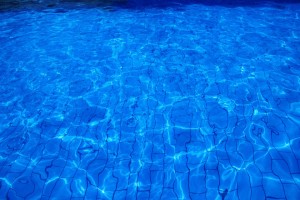30Nov
Making Sure Your Semi-Inground Pool Is Winter-Ready
 If you’re one of the many homeowners enjoying the benefits of a semi-inground swimming pool in Ottawa, and you haven’t yet closed it, the time is now. With November’s unexpected heatwave over and cold temperatures finally on their way, a proper pool closing is the best way to protect your investment and make sure that it’s in perfect working order when you open it again in the spring. Here’s what you need to do to close your semi-inground swimming pool:
If you’re one of the many homeowners enjoying the benefits of a semi-inground swimming pool in Ottawa, and you haven’t yet closed it, the time is now. With November’s unexpected heatwave over and cold temperatures finally on their way, a proper pool closing is the best way to protect your investment and make sure that it’s in perfect working order when you open it again in the spring. Here’s what you need to do to close your semi-inground swimming pool:
Mind the Chemistry
Pool water is more than just water—it’s the chemicals you use to keep it clean, sanitary, and safe to swim in. And these chemicals need to be balanced out one last time before you close up, no matter what kind of pool you own. This means your pH level should be in the ballpark of 7.2 to 7.6, with the alkalinity between 80 and 120 parts per million. You should also adjust calcium hardness to the recommended levels based on your pool’s lining material. Once these are done, shock the pool water. Don’t be afraid to overdo it, since this is the last shock before spring.
Physically Clean Your Pool
This should be done on the same day you close your semi-inground swimming pool in Ottawa, to avoid having to do it twice. Start by removing fixtures like ladders, diving boards, filters, heaters, until it’s just water. Skim, vacuum, brush, and do anything else necessary to clean debris and gunk from the pool. Be nice and thorough! All of the accessories should be cleaned and dried before being put into storage, too, particularly filters. Finally, add an algaecide that is meant for winter use to the water.
Lower the Water Level
A semi-inground swimming pool may resemble, in some ways, an above-ground pool, but it is its own unique variety. In an above-ground pool, maintaining the water level is a complex balancing act—you want enough to help protect the structural integrity, but not enough to cause damage when it freezes. For a semi-inground pool, though, you do not need to be as exacting—it is more similar to an inground pool that way—and can simply pump out water based on if you’re using a solid or mesh cover. A foot to a foot in a half below the skimmer is ideal for mesh, while for a solid cover, half a foot will do you just fine.
Final Winterization
Now that the water is clean and lowered to the proper level, there’s very little left to do, though these remaining steps are still incredibly important. First, you must remember to drain the plumbing around your pool to avoid freezing the water in them. If you don’t own a shop vacuum, you can rent one, or call on a professional pool closing service. Once this is done, simply cover the pool with a safety cover and remember to regularly clear snow and ice from its surface.
And just like that, you’ve now closed a semi-inground swimming pool!

